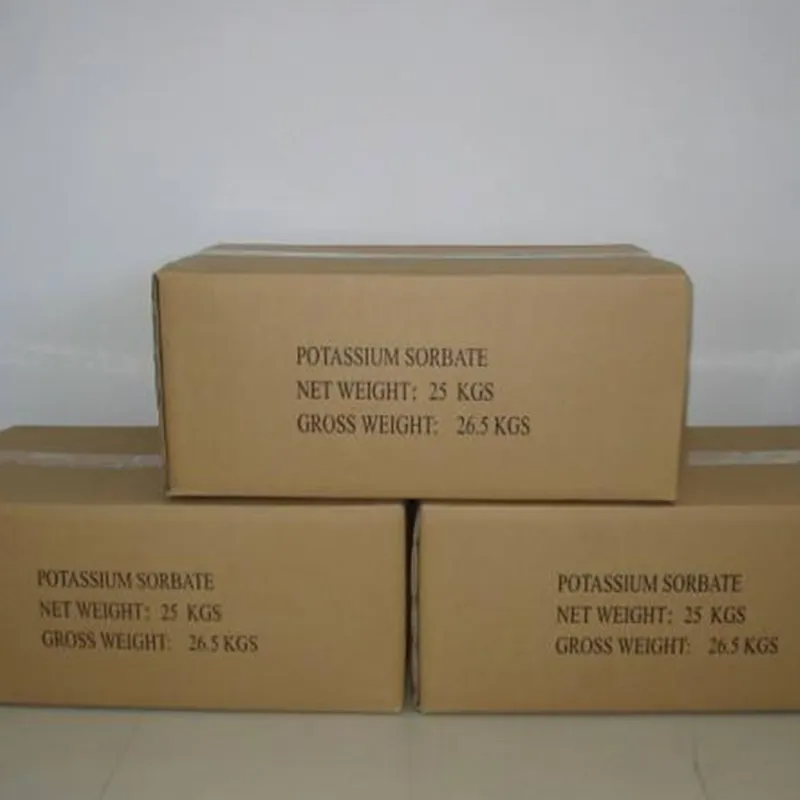
acetone on rubber
The Effects of Acetone on Rubber Understanding the Interaction
Acetone, a colorless liquid organic compound with a pleasant, fruity odor, is widely recognized as a solvent in various industrial and domestic applications. While it is effective for cleaning and dissolving many substances, its interaction with rubber-based materials can lead to significant consequences. Understanding how acetone affects rubber is essential for those working in industries that utilize both materials, such as in manufacturing, automotive, and household products.
Chemical Properties of Acetone
Acetone (chemical formula C3H6O) is a highly polar solvent with a small molecular size, which allows it to interact with a wide range of organic compounds. Its excellent solvency is attributed to its ability to disrupt hydrogen bonds and dissolve oils, greases, and various types of resins. While its efficacy as a cleaning agent is well acknowledged, acetone's reactivity with rubber raises concerns, particularly regarding material integrity and longevity.
The Nature of Rubber
Rubber, a versatile polymer, is primarily derived from natural rubber latex or synthetic sources such as polyisoprene, SBR (Styrene-Butadiene Rubber), or EPDM (Ethylene-Propylene Diene Monomer). Its unique properties, including elasticity, durability, and resistance to various environmental factors, make it suitable for a plethora of applications, from tires to seals and gaskets. However, rubber compositions can vary significantly, leading to differing resistance levels against solvents like acetone.
Acetone's Effects on Rubber
When rubber comes into contact with acetone, it typically experiences a series of detrimental effects. The extent of these effects varies depending on the type of rubber, exposure duration, and concentration of the acetone.
1. Swelling and Softening One of the initial reactions of rubber to acetone is swelling. Acetone molecules penetrate the rubber matrix, causing it to absorb the solvent and swell. This process results in a loss of dimensional stability, which can be particularly problematic in applications requiring precise measurements.
2. Loss of Mechanical Properties Acetone can degrade the mechanical properties of rubber, diminishing its tensile strength and elasticity. Over time, this leads to increased brittleness and a reduced ability to withstand stress or strain, significantly compromising the structural integrity of rubber components.
acetone on rubber

3. Chemical Degradation Continued exposure to acetone may lead to chemical degradation, where the molecular structure of the rubber is altered. In extreme cases, this can result in disintegration, rendering the material useless. For instance, natural rubber is more susceptible to degradation than certain synthetic rubbers.
4. Color Change and Surface Damage Acetone can also affect the surface finish of rubber products, leading to discoloration or dulling. This may not only influence aesthetics but can also affect the adhesion properties of rubber surfaces if coatings or paints are involved.
Preventive Measures
To mitigate the harmful effects of acetone on rubber, several strategies can be employed
- Use of Rubber Compounds Resistant to Solvents Selecting rubber compositions specifically formulated to resist solvent action can significantly reduce the risk of degradation when exposure to acetone is anticipated.
- Protective Coatings Applying a protective coating or sealant can create a barrier against acetone, preserving the integrity of rubber components in environments where they may encounter the solvent.
- Careful Handling and Usage In settings where acetone is used, proper storage and handling procedures should be followed to minimize accidental exposure of rubber products to the solvent.
Conclusion
Understanding the interaction between acetone and rubber is crucial for maintaining the performance and longevity of rubber-based components in various applications. While acetone remains an invaluable solvent in many fields, awareness of its effects on rubber can guide better material choices and protective strategies. By considering the chemical properties of both acetone and rubber, industries can ensure safe and effective use of these materials, ultimately enhancing product reliability and performance.
-
Why Glacial Acetic Acid Food Grade Is Essential in FlavorNewsMay.26,2025
-
Surging Export Growth of Food Additives in ChinaNewsMay.26,2025
-
How Ammonium Nitrate Fertilizer Boosts Crop YieldsNewsMay.26,2025
-
How 1,2,3-Benzotriazole Shields Plastics from UV DegradationNewsMay.26,2025
-
Cyanide in Gold Mining: Protecting People and the PlanetNewsMay.26,2025
-
Aluminum Hydroxide in Modern Sunscreen FormulationsNewsMay.26,2025
-
Understanding Synthetic Rubber OptionsNewsApr.27,2025
Hebei Tenger Chemical Technology Co., Ltd. focuses on the chemical industry and is committed to the export service of chemical raw materials.
-

view more DiethanolisopropanolamineIn the ever-growing field of chemical solutions, diethanolisopropanolamine (DEIPA) stands out as a versatile and important compound. Due to its unique chemical structure and properties, DEIPA is of interest to various industries including construction, personal care, and agriculture. -

view more TriisopropanolamineTriisopropanolamine (TIPA) alkanol amine substance, is a kind of alcohol amine compound with amino and alcohol hydroxyl, and because of its molecules contains both amino and hydroxyl. -

view more Tetramethyl Thiuram DisulfideTetramethyl thiuram disulfide, also known as TMTD, is a white to light-yellow powder with a distinct sulfur-like odor. It is soluble in organic solvents such as benzene, acetone, and ethyl acetate, making it highly versatile for use in different formulations. TMTD is known for its excellent vulcanization acceleration properties, which makes it a key ingredient in the production of rubber products. Additionally, it acts as an effective fungicide and bactericide, making it valuable in agricultural applications. Its high purity and stability ensure consistent performance, making it a preferred choice for manufacturers across various industries.











